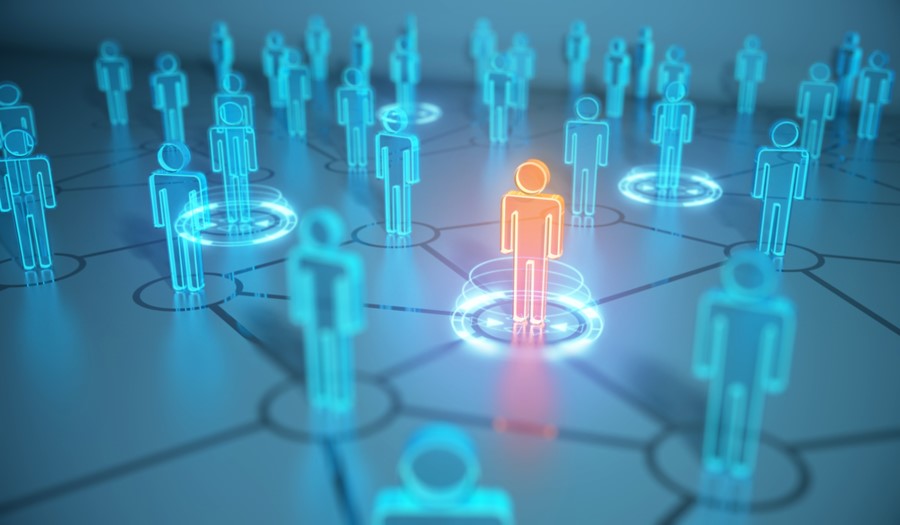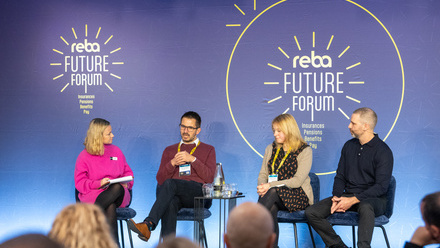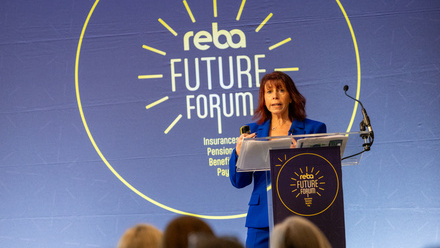Ways to use AI to make benefits more personal

So what impact does AI have on making benefits more personal?
AI for benefits teams
AI is making benefits admin invisible, without diminishing governance. This means that important, necessary, but often tedious tasks, can be automated through technology, giving benefits professionals more time to focus on strategic initiatives. For example, by using character recognition rules and scanning an employee’s history in provided documentation, technology can make adjudication decisions on behalf of administrators.
Data mining and machine learning can also assess the relative competitiveness of your reward offering against competitors, and therefore the subsequent likelihood of attracting or retaining talent. This kind of insight is invaluable when you take into consideration that four in five (82 per cent) global benefits professionals now cite attracting and retaining talent as their top benefits objective, according to Global Employee Benefits Watch 2018/19 report.
Employee experience and AI
Technology needs to connect with employees on a personal level, meaning that the days of providing a fixed benefits offering company-wide are over. Data mining and machine learning can be used to pull data from multiple sources, applications, wearables and even connected homes to draw out individual interests and help create truly individualised benefits programmes.
For instance, from your wearable we know that you are more active than most; from Facebook that you are working towards a triathlon; and from your age that you are 35 years off retirement; therefore cycle to work, gym and fitness reimbursement schemes can take centre stage in your reward offering, ahead of conventional risk benefits.
AI ensures that benefits packages feel like they’re highly tailored to individual needs – avoiding barriers to adoption or engagement. This provides employees with a sense of belonging within the organisation, by actively helping them reach their goals.
Smart tech in the workplace
It’s also worth exploring how AI and technology better enable flexible working, especially with the continued prevalence of the gig economy. Employees expect to feel as connected to their organisation at home or on the road, as they do in the office. The importance of this is only increasing as we become more geographically dispersed across time zones and as employees look towards more freelance work. Employing quality video conferencing capabilities is critical to this and so are instant communication tools; for instance instant messaging (IM). Such tools and policies are a differentiator for some employers.
But this is broader than just communication. It’s about environment and integration – embedding hundreds of business systems into one common experience available globally, across every platform. The integration of these tools removes barriers to data aggregation; required for employers to really understand “me” and “my needs”. Reward and benefits need to sit as a component part of this ecosystem; not as an appendix to it.
Intimate collaboration and flexible working spaces are increasingly seen as a differentiator. Proliferation of collaborative spaces such as WeWork are an example of this. These are putting pressure on employers to ensure employees have brilliant working environments, backed up with technology and solid HR policies and offerings. Such environments give scope to different benefit offerings such as on site gyms, free fruit or nap pods.
The role of the benefits professional needs to move away from the tactical to the strategic. This is where AI and data steps in. Technology needs to connect with individuals on a personal level and for it to be effective, it needs to know my goals and aspirations; before it can make benefits recommendations that resonate with me. Only in this way will benefits become truly personal.
The author is James Akers, head of product management at Thomsons Online Benefits.
This article was provided by Thomsons Online Benefits.






